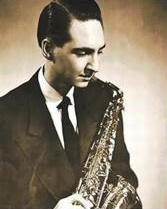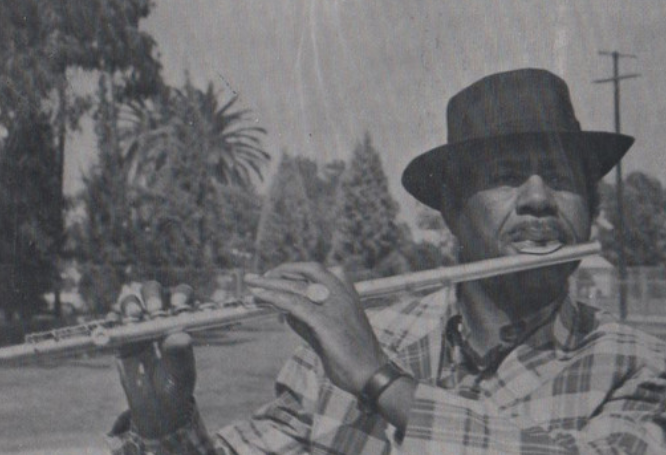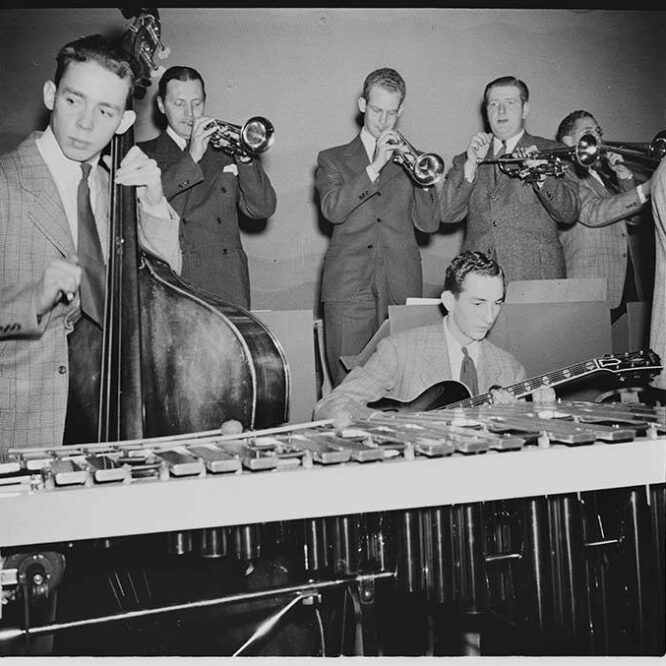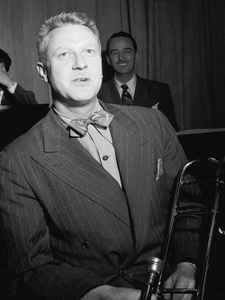Zelma Winslow
Originally from Kansas, Winslow came to Seattle in 1920, where she had a stormy marriage to clubowner Russell “Noodles” Smith. Winslow was known as much for her hot temper as her torch songs and blues. In a 1933 raid at the Black and Tan she socked a police officer who dared her to do it again — and she did. Winslow was at the Jungle Temple, on Highway 99, toward Everett, with Oscar Holden in 1937 and was featured at Noodles’ last establishment, the Ubangi, in 1937. Pianist Julian Henson reported that Winslow encouraged him to play when he shyly hung around her at the Black and Tan. … Continue readingZelma Winslow






